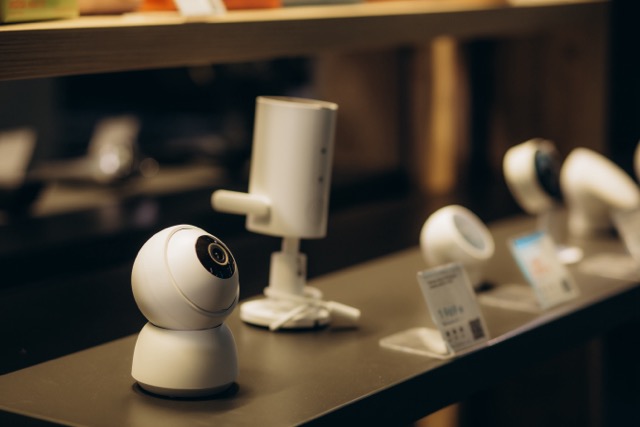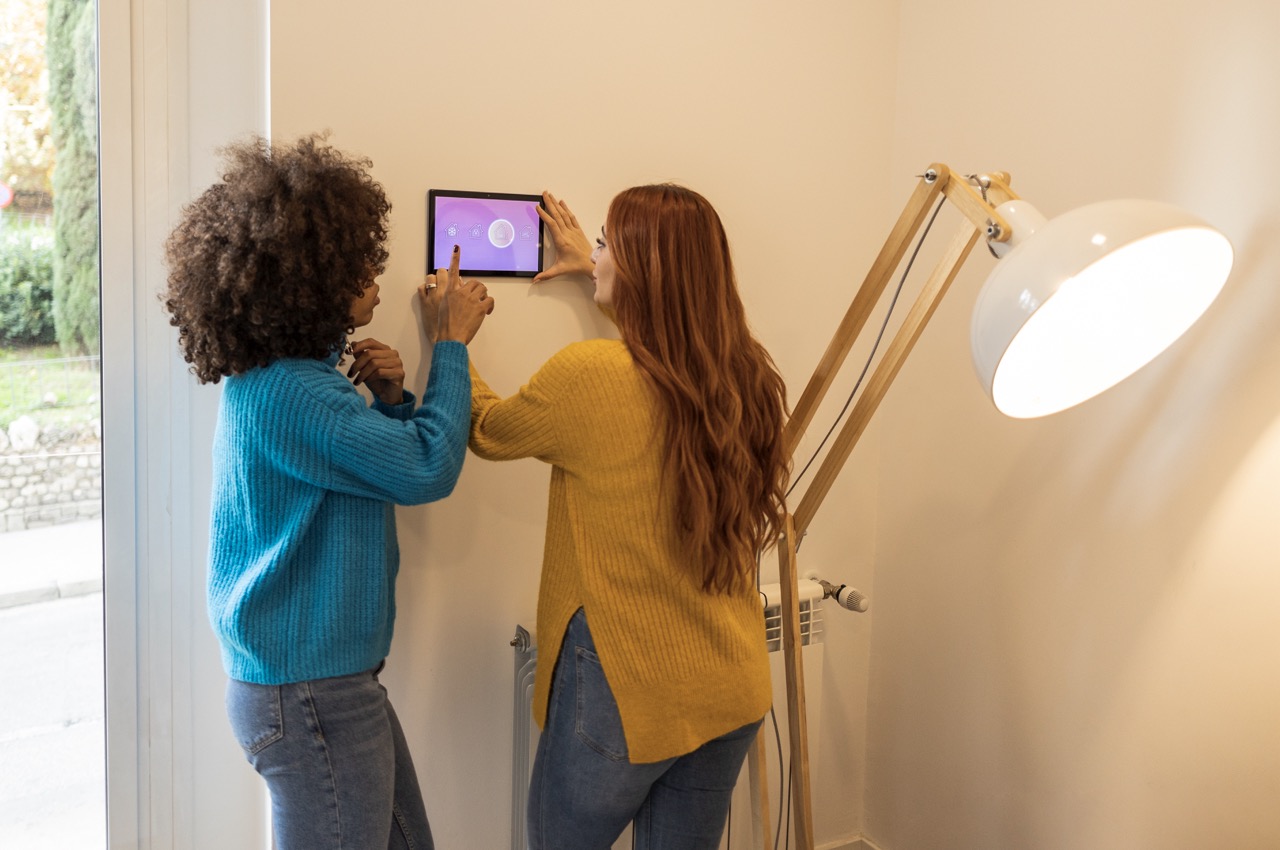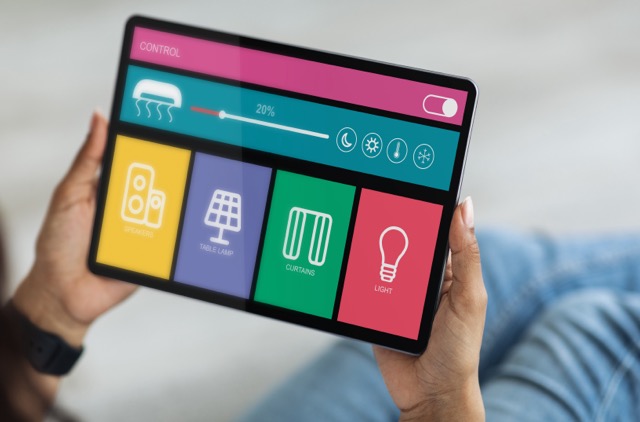In today’s technology-driven world, the way we consume media has fundamentally transformed. The rise of streaming services like Netflix, Hulu, and Amazon Prime has shifted the entertainment focus from traditional broadcasting to on-demand content. This shift has led to the popularity of streaming devices and smart TVs. Both platforms offer unique features and benefits, but choosing the right one can be a challenge. This article will explore the differences between streaming devices and smart TVs, delving into their advantages, cost comparisons, user experience, and long-term support to help you make an informed decision for your home entertainment setup.
Understanding the Basics: Streaming Devices
Streaming devices, such as Roku, Amazon Fire Stick, and Apple TV, are designed to convert any traditional TV into a smart one by providing access to a plethora of streaming services. These devices are typically compact, easy to install, and plug directly into your TV’s HDMI port. One of the chief benefits of standalone streaming devices is their simplicity and focus on content delivery. Since they’re dedicated to streaming, they often provide a faster and more responsive user interface compared to many smart TVs. Additionally, streaming devices keep their interface straightforward and largely advertisement-free, which streamlines the user experience significantly.
Unlike smart TVs, streaming devices require minimal initial setup and do not depend on the television’s native software. This makes them less prone to the bloatware that can plague some smart TVs, leading to slower response times and forceful integrations with specific streaming services. Furthermore, streaming devices are typically updated more frequently than smart TVs, ensuring better long-term performance and access to the latest features and security patches. These updates can significantly enhance device longevity and improve security, making streaming devices a formidable option for tech enthusiasts who crave the latest upgrades without purchasing a new TV.
Exploring the Advantages of Smart TVs
Smart TVs integrate streaming capabilities directly into the television set, eliminating the need for additional hardware. Most modern smart TVs come equipped with a variety of pre-installed streaming applications, and some even feature exclusive content or special deals with streaming providers. This built-in functionality can simplify setup and reduce physical clutter. Moreover, smart TVs are designed to be the centerpiece of a living room, often boasting superior display technology and audio features compared to the average standalone streaming device setup.
The integration of voice control technology like Google Assistant, Amazon Alexa, and Apple’s Siri in smart TVs is also a significant advantage. This allows users to control not only their television and its content but also other connected home devices, making it a more convenient and centralized control hub. Additionally, high-end smart TVs frequently receive firmware updates that improve their functionality and security, although perhaps not as frequently as dedicated streaming devices. This can turn a smart TV into a multi-functional platform that does more than just stream videos.
Lastly, the aesthetic appeal of having a single, sleek device that handles all entertainment needs cannot be underestimated. Smart TVs can connect seamlessly with other smart devices and can offer advanced features like casting directly from a mobile device, multi-room setup, and in some cases, even virtual reality integration. This integration can create a cohesive and immersive entertainment experience that a standalone streaming device might struggle to match.
Cost Comparison: Devices vs. Smart TVs
When considering cost, streaming devices generally present a cheaper upfront investment than smart TVs. For those who already own a high-definition television, purchasing a streaming device can be a cost-effective way to upgrade to a smart TV experience without the higher cost of replacing the entire television set. Streaming devices range from budget options under $30 to higher-end models costing around $100 or more, depending on the processing power and features.
Smart TVs, on the other hand, cover a much broader price spectrum. A basic smart TV starts at around $200, with premium models featuring OLED or QLED displays running significantly higher, often reaching into the thousands. When you buy a smart TV, you’re not just paying for smart capabilities but also investing in the quality of picture and sound, which can enhance the viewing experience.
It’s also worth considering the replacement cycle and depreciation. Streaming devices can be easily upgraded or replaced at a relatively low cost, allowing users to keep up with technological advancements without a significant financial burden. Conversely, replacing a smart TV is a more considerable investment, both financially and in terms of the effort involved in setting up a new unit and disposing of the old one.
Versatility and User Experience Evaluated
Streaming devices offer remarkable versatility. They are portable, easy to set up with different TVs, and compatible with any television that has an HDMI port. This makes them an ideal choice for people who may want to use advanced streaming capabilities in multiple rooms or even take their device with them on vacation. Moreover, the user interface on streaming devices is usually very focused on streaming, offering a more tailored and often smoother navigation experience than many smart TVs.
On the other hand, smart TVs offer a more integrated solution. With everything in one place, there is no need to switch between inputs or remotes, which enhances user experience by simplifying access and control. The user interface on smart TVs has significantly improved over the years, with manufacturers like Samsung, LG, and Sony investing heavily in their software to make it more user-friendly and feature-rich.
Furthermore, for users invested in a particular ecosystem, like Google’s Android, Apple’s iOS, or Amazon’s Fire OS, smart TVs can offer deeper integration with their services and devices, which can significantly enhance the overall user experience by creating a seamless environment for all digital interactions.
Long-Term Updates and Support Analysis
When it comes to long-term updates and support, streaming devices generally have an edge. Manufacturers of streaming devices tend to provide more frequent updates, which include not only security patches but also new features and improvements in user experience. This is crucial in maintaining the device’s functionality over its lifespan and ensuring compatibility with new apps and services.
Smart TVs do receive updates, but these can be less frequent and depend heavily on the manufacturer and model. As smart TVs age, manufacturers might reduce support, potentially leaving users with outdated software that can degrade the TV’s performance and usability. This aspect is particularly critical for buyers who wish to use their TV for many years without compromising on features or security.
Moreover, the flexibility to switch or upgrade streaming devices easily without replacing the entire TV is an advantage for tech enthusiasts who enjoy staying on the cutting edge of technology. This adaptability can also be economically beneficial, as it allows consumers to update their technology with less financial outlay compared to purchasing a new smart TV.
Making the Right Choice for Your Home
Choosing between a streaming device and a smart TV ultimately depends on your specific needs, budget, and preferences. If you prioritize advanced technology, flexibility, and cost-effectiveness, a streaming device might be the perfect solution. It allows you to enjoy the latest streaming technology without a hefty investment and is easy to upgrade.
However, if you prefer a streamlined, high-quality viewing experience with fewer devices and remotes, a smart TV might be worth the investment. Especially for those who value superior picture and sound quality and the convenience of having all entertainment options integrated into one device, a smart TV can greatly enhance the viewing experience.
Before making a decision, consider how you plan to use your device, the importance of long-term updates, and your budget. Both options offer unique advantages, and the right choice will depend on aligning these factors with your personal or family entertainment needs.
In conclusion, both streaming devices and smart TVs offer compelling features for enhancing your home entertainment experience. Streaming devices provide an affordable, flexible, and often more up-to-date technology solution, while smart TVs offer unparalleled convenience and integration, with potentially superior display and sound. By carefully considering your specific needs and preferences, you can choose the option that best fits your lifestyle and ensures you enjoy your favorite movies, shows, and games to the fullest. Whether you lean towards a streaming device or a smart TV, the future of home entertainment is bright and tailored to consumer desires.










